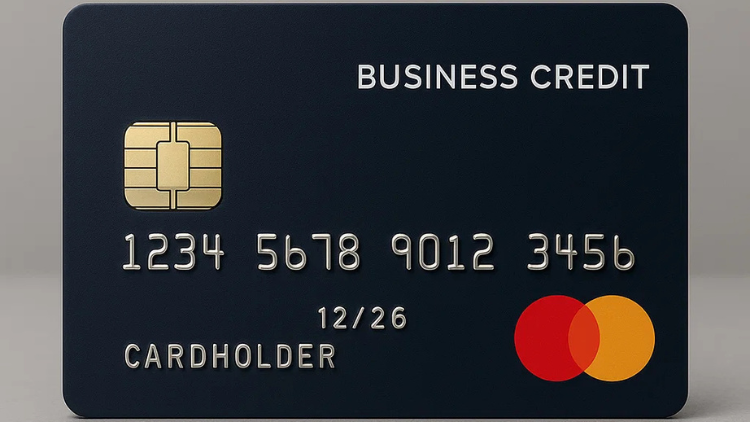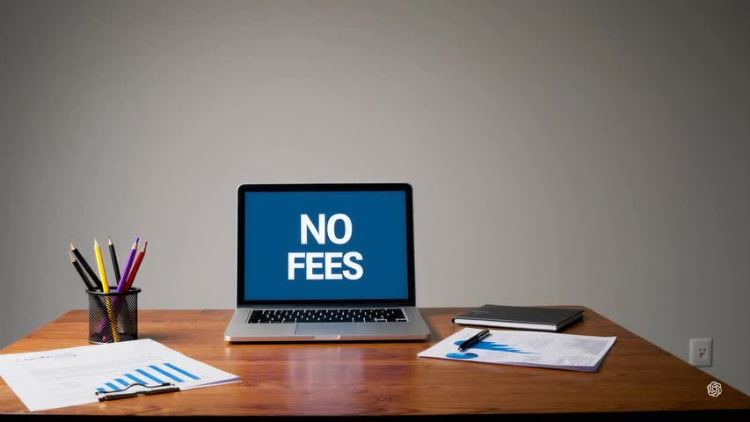Who qualifies, how employee cards work, and the category stacks that make bookkeeping painless.
Realistic spending models for freelancers to five-person teams.

Who actually qualifies (yes, freelancers & side-gigs)
Most issuers let sole proprietors apply for business cards—think freelancers, consultants, resellers, rideshare/drivers, etc. Many applications accept your SSN instead of an EIN, and ask for basic info like years in business and estimated annual revenue.
What to have handy: legal name (or your name if sole prop), business address, SSN/EIN, rough monthly revenue/expenses. (Issuers may ask for proof.)
Heads-up: Business cards don’t carry the same consumer protections as personal cards under Reg Z/CARD Act (there are exceptions like unauthorized-use limits). In short—treat due dates and policies seriously.
Employee cards, controls & receipts (keep it tidy)
Most small-biz cards let you issue free employee cards and set per-user spending limits—great for delegating fuel, supplies, or ad spend without losing control.
Bookkeeping tips
- Assign a card per role (owner, ops, ads) and set reasonable caps.
- Export transactions monthly to your accounting tool (CSV/OFX) and attach receipts by vendor.
- Tag recurring bills (phone, internet, software) so you don’t miss category bonuses.
Editor-approved building blocks (easy to manage)
1) Telecom + office supplies workhorse
- Ink Business Cash® — 5% at office supply stores and on internet/cable/phone (caps apply); 2% at gas and restaurants; employee cards with settable limits. Ideal for recurring bills and supply runs.
2) Flat-rate backbone for “everything else”
- Ink Business Unlimited® (1.5% everywhere) or Capital One Spark Cash/Spark Cash Plus (2% everywhere). Simple, predictable earnings for non-bonused spend.
3) “Pick your 3% category” flex card
- Bank of America Business Advantage Customized Cash Rewards — choose one 3% category (e.g., gas/EV, office supply, travel, computer services, business consulting) and change it monthly; 2% dining; caps apply. Great for shifting priorities.
4) Ads/software heavy? Go points-first
- Amex Business Gold — 4X points in the two categories where you spend most each billing cycle (from a list that includes US advertising and software/cloud). Use for growth spend; pair with a flat-rate cash-back card for everything else.

Two no-drama stacks (copy these)
Stack A — “Solo or Side-Gig” (zero micromanagement)
- Ink Business Cash® for: internet, phone, office supply (5%); gas & meals (2%). Chase Credit Cards
- Blue Business Cash™ (Amex) for: everything else at 2% (up to $50k/yr, then 1%).
Why it works: recurring bills hit high multipliers; everything else earns a solid flat rate without tracking.
Stack B — “Five-Person Team” (cash flow + growth)
- Ink Business Cash® for telecom & office supply (5%); gas & meals (2%).
- Spark Cash / Spark Cash Plus for all other general purchases at 2% (simple cash).
- Optional booster: Amex Business Gold for ad spend & software at 4X when those are your top two categories.
Realistic spend models (plug in your numbers)
A) Freelancer ($3,000/mo)
Assume: $300 phone+internet, $200 office supplies, $500 gas+client meals, $1,500 software/tools, $500 misc.
- Ink Business Cash®: $300 + $200 at 5% → $25; $500 at 2% → $10.
- Blue Business Cash™: $2,000 at 2% → $40.
Total ≈ $75/mo (≈ $900/yr) in cash back, with clean category separation.
B) Five-person team ($15,000/mo)
Assume: $1,000 phone+internet; $1,500 office supplies; $2,500 gas+meals; $3,000 ads; $2,000 software; $5,000 other.
- Cash-only plan (Ink Cash + Spark 2%)
- Ink 5% on $2,500 (telecom + office) → $125
- Ink 2% on $2,500 (gas + meals) → $50
- Spark 2% on $10,000 (everything else) → $200
Total ≈ $375/mo (~$4,500/yr cash back).
- Hybrid plan (add Amex Business Gold)
- Put ads + software ($5,000) on Business Gold → ~20,000 MR points/mo (for travel value).
- Keep the rest as above, but Spark 2% drops to $5,000 → $100.
Result: $275/mo cash back + 20k MR points for travel each month.
If your “top two” shift (e.g., gas and restaurants spike), Business Gold will auto-prioritize those 4X categories that month.
Common pitfalls (and easy fixes)
- Mixing purchases on one card. Issue employee cards and set per-user limits; route bills to the right bonus card.
- Ignoring caps. Some high multipliers have annual caps—plan your backup card for overflow.
- Forgetting to change a “3% choice” month to month. Put a recurring reminder before big buys.
WalletAware shares education, not individualized financial advice. Always confirm current terms on the issuer’s site before applying.